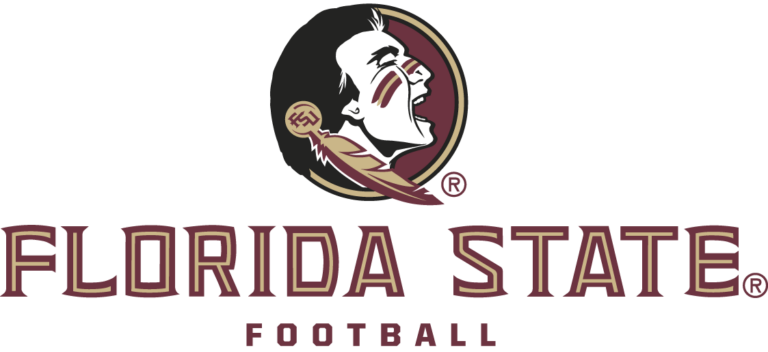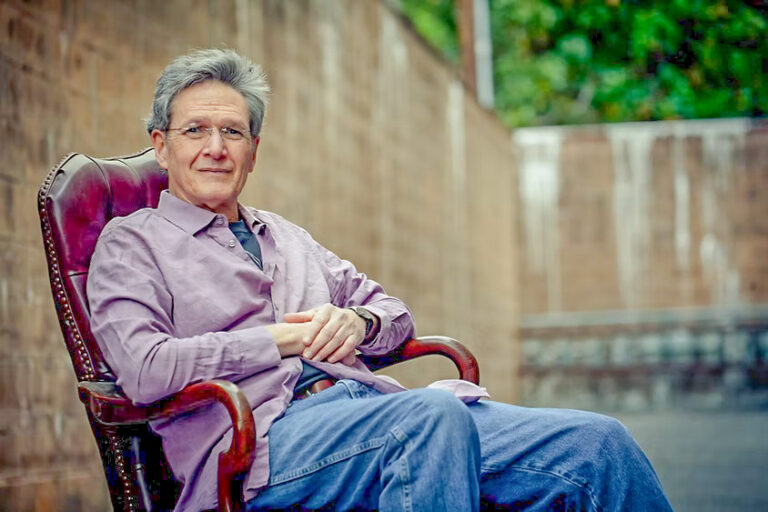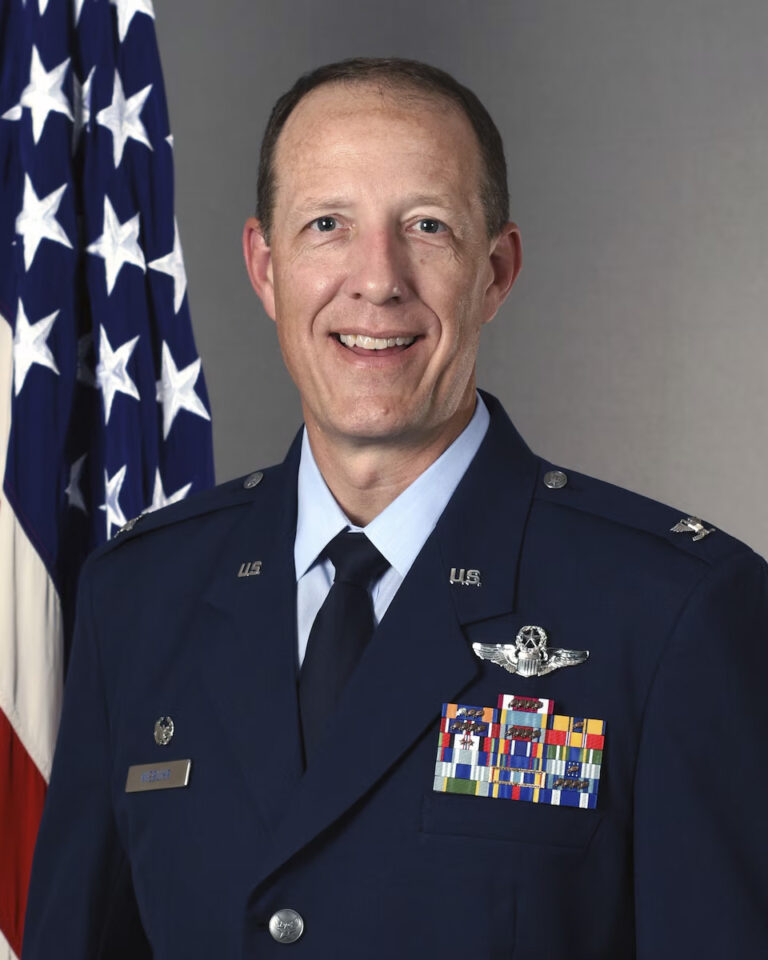Legacy Post Disclaimer
This is a #Legacy post imported from The Apalachicola Time’s previous platform. If you’re experiencing issues with this article, please email us at news@nevespublishing.com.
Bay restoration work nears critical juncture
The Apalachicola Bay System Initiative, a multi-million dollar
effort funded by Triumph Gulf Coast, Inc. and spearheaded by researchers from
Florida State University, is preparing to unveil its priorities as it embarks on
solidifying a management and restoration plan for the oyster reefs and the
health of the bay.
Helped by an audiovisual presentation, Sandra Brooke, the
principal investigator for the project, provided a detailed overview of what steps the ABSI has taken thus
far, and a more general characterization of its findings, at a Sept. 22 webinar
originating from the Eastpoint Beer Company.
There are places in the bay where theres enough material, and
they (oysters) seem to be doing OK, she said. Weve had full rains and decent
settlement, but whether they spawn or not is the question.
I am cautiously optimistic, but theres not enough places
where they are, Brooke said. Theyre there, and some areas are promising. But
theyre not there yet.
She said research so far has indicated that while insufficient
freshwater downstream, storm events and other cyclical factors have contributed
to the sharp oyster decline, which led the Florida Fish and Wildlife Conservation
Commission to shut down the bay to harvesting through 2025, the situation has
been complicated by the states lack of a consistent shelling program in recent
years.
This bay is very dynamic, and (by harvesting) youre
removing their habitat, she said. And unless you put that habitat back, it gets
to point where you dont have sufficient habitat.
Brooke said the search for a definitive solution will be
hard to come by, given the persistent question of this keystone species Why are
they not coming back?. Is the oyster collapse an isolated problem and
everything else is doing fine, or is it the whole system? Whats going on in Apalachicola
Bay?/
The ABSI is not just about the oysters, were also looking
at other components, at the whole ecosystem, she said.
She said what while the research being done is the
underpinning of everything, the eventual reliance will have to be on other entities
to manage the restoration.
We dont do large scale restoration, Brooke said. It is
critical to the success that stakeholders are involved in the process. Research
questions are very focused on what happened, and we are working to develop models
or tools that management can use, not just some ivory tower academician.
The next meeting of the 24-member community advisory board,
to be held via Zoom and open to the public, is slated for Tuesday morning, Oct
19.
It is at that meeting, Brooke said, that ABSI wants to begin
prioritizing the possible strategies, with board members reflecting on what
they like or dont like. In November, the board will be asked to approve the
steps for moving forward.
Thats not going to be the end of the game, she said. Well
send out a questionnaire to get feedback. We want to hear from everybody, even
those we may not agree with and they may not agree with us. We will use those to
evaluate some options.
Stressing that ABSIs website marinelab.fsu.edu/absi is full
of valuable materials, Brooke offered an outline of the initiatives work thus
far.
Basically, the initiative is using a complex series of hydrodynamic
models, including drones that do topographic surveys, to get a clear idea of
data that explains what has happened with the watershed, all the way from
Carrabelle to Indian Pass.
The whole point is to understand how important that intertidal
spots are. What is the value these habitats contribute to the systems as a
whole? she said. And how those clusters change over time.
Brooke said the ABSI researcher have investigated the sites
where cultch was deposited in 2015 and 2017. We want to see if that material
was still there, she said. Some is still there and some isnt.
In addition, the initiative is conducting small scale
experiments to determine what is the best material, and how it can be used most
efficiently. Brooke said that fossil shell, medium and large-sized lime rock
and granite has been put down in a one-to-three inch layer over a large area.
We want to create an eco-system that supplies some of the
surfaces with oysters, she said. The idea was to place the material up out of
that area so even if the oysters die, the material is still there. That is the grand
plan, to try different things and see what works and see what fails.
Brooke said oystermen helped do the shelling of these experimental
areas. Ive never seen anybody work that hard, she said, noting that while
weather and some logistical problems curtailed some of the placement, thats OK,
it will be out there for a while.
She said that FSU also has created a research hatchery to generate
spat on shell for the eventual restoration. We built this little hatchery, its
not commercial, Brooke said. Lets do a small scale one and get started.
She said the hatchery has generated 3.5 million larvae in two
successful spawns, and then placed them in aquaculture cages for eventual use
that will compensate for the wild component.
Brooke said that in addition to conducting a shell recycling
program together with the Apalachicola National Estuarine Research Reserve, the
ABSI is working to increase workforce capacity.
We want to try to teach people to work the hatcheries, she
said, noting that the first hatchery internship has been created this year with
FSU students.
Theyre excited to move out in the community, Brooke said.
She stressed that were trying to build a consensus among
all these stakeholders for challenging problems.
And to ensure that this plan doesnt just linger, so we
dont just do the work, pat ourselves on the back and move on to something else.





Meet the Editor
David Adlerstein, The Apalachicola Times’ digital editor, started with the news outlet in January 2002 as a reporter.
Prior to then, David Adlerstein began as a newspaperman with a small Boston weekly, after graduating magna cum laude from Brandeis University in Waltham, Massachusetts. He later edited the weekly Bellville Times, and as business reporter for the daily Marion Star, both not far from his hometown of Columbus, Ohio.
In 1995, he moved to South Florida, and worked as a business reporter and editor of Medical Business newspaper. In Jan. 2002, he began with the Apalachicola Times, first as reporter and later as editor, and in Oct. 2020, also began editing the Port St. Joe Star.